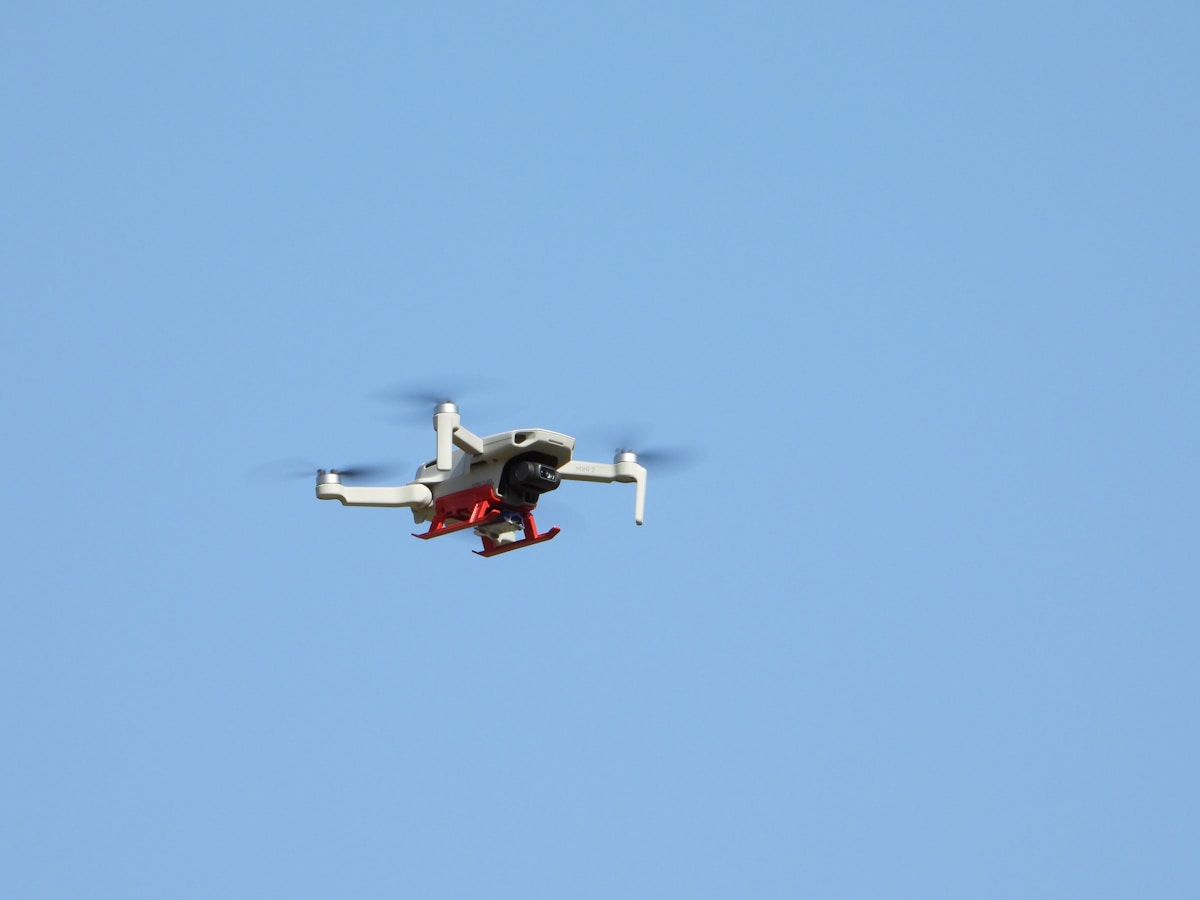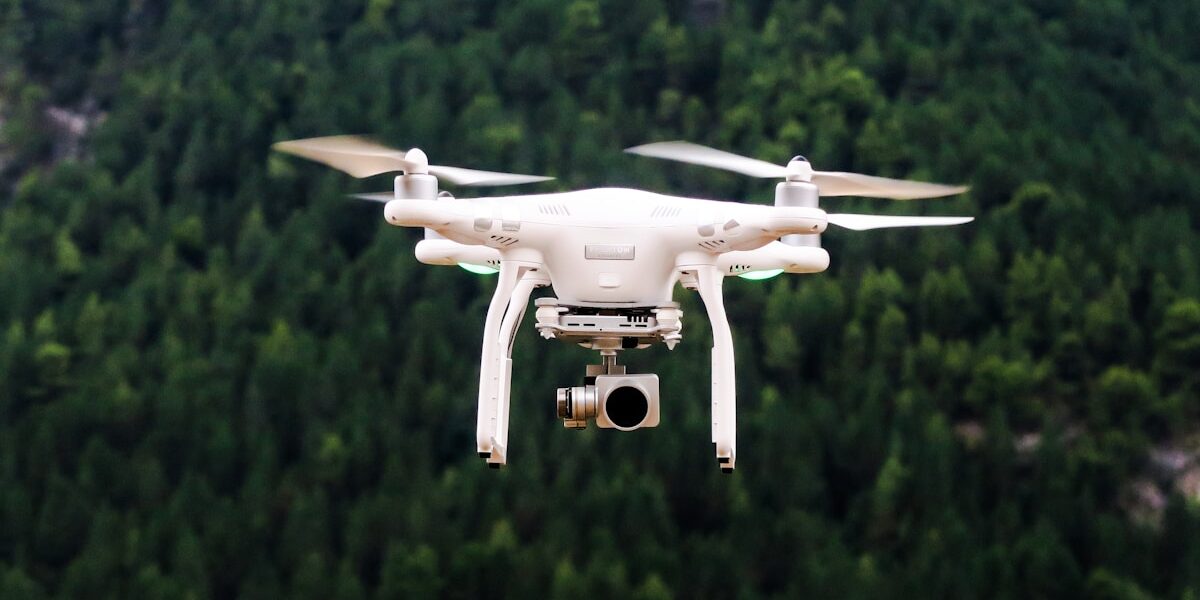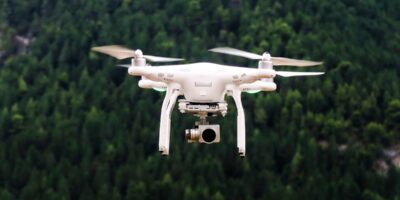Understanding UAS Assessments: A Comprehensive Guide
Unmanned Aerial Systems (UAS), commonly known as drones, have revolutionized various industries. They are used in agriculture, surveillance, search and rescue, and even entertainment. But before deploying UAS, a thorough assessment is critical. This process ensures that drones are both safe and effective in their intended operations.

What is a UAS Assessment?
A UAS assessment evaluates the readiness and suitability of a drone system. This involves analyzing the hardware, software, and operational procedures. It is crucial for ensuring compliance with regulatory standards and guaranteeing safety. This assessment considers the mission objectives, environmental factors, and the capabilities of the UAS itself.
Key Components of UAS Assessments
The assessment covers various components. Below are the essential elements typically examined:
- Airworthiness: Ensures that the UAS is mechanically sound and can perform safely in the sky.
- Operational Procedures: Evaluates whether the drone’s operation follows effective and safe practices.
- Regulatory Compliance: Checks for adherence to aviation rules and regulations, such as those imposed by the FAA in the United States.
- Safety Measures: Assesses the systems in place to minimize risk to people, property, and other aircraft.
- Mission Suitability: Determines if the UAS is appropriate for its intended use, whether it’s for mapping, surveillance, or delivery tasks.
The Role of Airworthiness
Airworthiness remains a core focus of any UAS assessment. It involves checking the design and build quality. The assessment ensures that every component, from rotors to sensors, functions correctly. Additionally, periodic maintenance and inspections are also part of this process. Operators must keep a detailed log to track each system’s health. Any detected issues are addressed immediately to maintain operational safety.
Adhering to Operational Procedures
UAS assessments delve into the set of procedures guiding drone operations. It is vital to standardize all processes, from takeoff to landing. Operators should be well-trained and understand every aspect of flight operations. This includes protocols for emergencies, weather considerations, and battery management. Consistency in operations greatly reduces the likelihood of equipment failure or human error.
Understanding Regulatory Compliance
Regulations vary widely depending on the region. Commonly, a UAS assessment ensures compliance with local aviation authorities. For instance, in the United States, the Federal Aviation Administration (FAA) has specific rules for drone operation. These include registration, pilot certification, and operational restrictions. Failing to comply can lead to severe penalties, including fines and license revocation.
Prioritizing Safety Measures
Safety is paramount in UAS assessment. This involves risk analysis, collision avoidance systems, and public safety measures. Assessments look at the integration of technologies like geofencing and return-to-home functions. It’s also essential to plan flight paths carefully, avoiding populated areas whenever possible. Even with robust systems, human oversight is crucial to respond to unforeseen events.
Assessing Mission Suitability
The suitability of the UAS for a particular mission is another assessment focus. Different tasks require different drone capabilities. For instance, a drone for agricultural surveys may need specific sensors, unlike those used for photography. Evaluators consider payload capacity, endurance, and environmental conditions. Each mission parameter must match the drone’s capabilities to achieve desired outcomes efficiently.
Industry-Specific UAS Assessments
Each industry has unique needs when it comes to UAS assessments. In agriculture, drones are assessed for their ability to monitor crop health. In the construction industry, assessments focus on mapping accuracy and data collection. Meanwhile, in disaster management, the speed and efficiency of deployment are evaluated. Understanding these differences ensures that assessments are tailored to the specific use case.
Tools and Software for UAS Assessments
Modern assessments leverage advanced tools and software. Flight management software helps in planning and executing professional drone missions. Data analytics tools process the vast amount of data collected by drones. Additionally, simulation platforms can predict mission outcomes under different scenarios. These tools enhance the assessment’s depth and accuracy, leading to better decision-making.
The Future of UAS Assessments
The evolution of UAS technology continually reshapes assessments. Innovations like AI and machine learning are providing new ways to evaluate systems. These technologies can forecast maintenance needs and optimize flight paths. Moreover, as drone technology integrates further into various applications, standard assessment practices will evolve. Staying updated with technological changes is essential for keeping assessments relevant and accurate.
Through these assessments, industries can maximize the benefits of UAS, ensuring that their operations are safe, effective, and compliant with all necessary standards.




Subscribe for Updates
Get the latest articles delivered to your inbox.
We respect your privacy. Unsubscribe anytime.